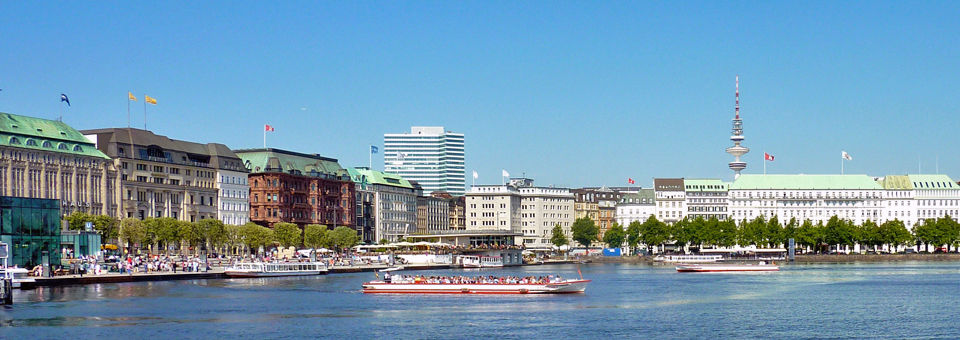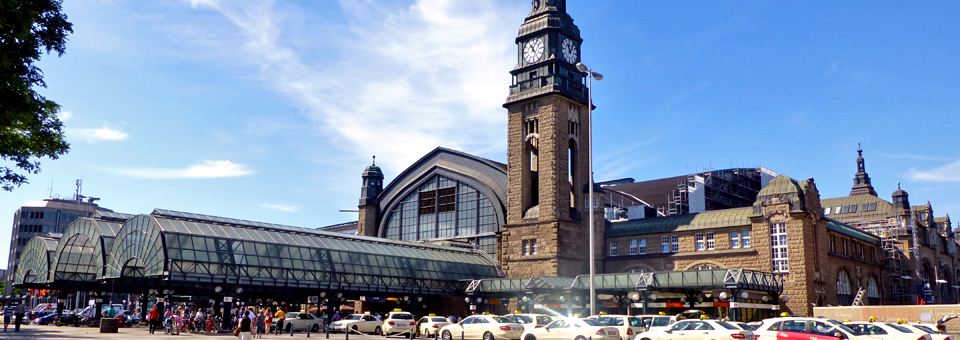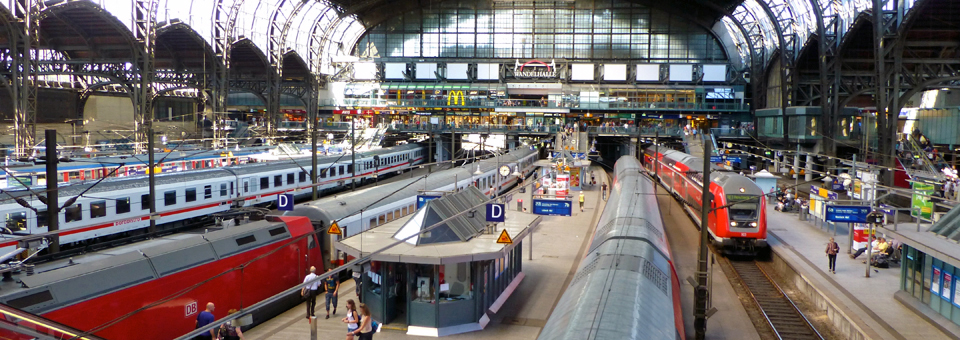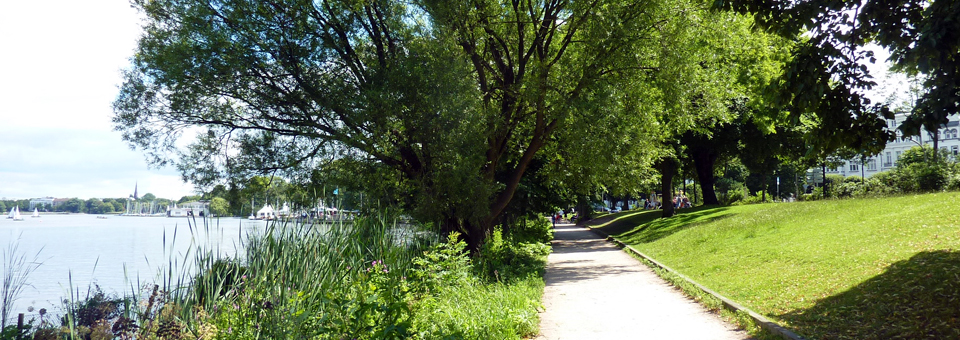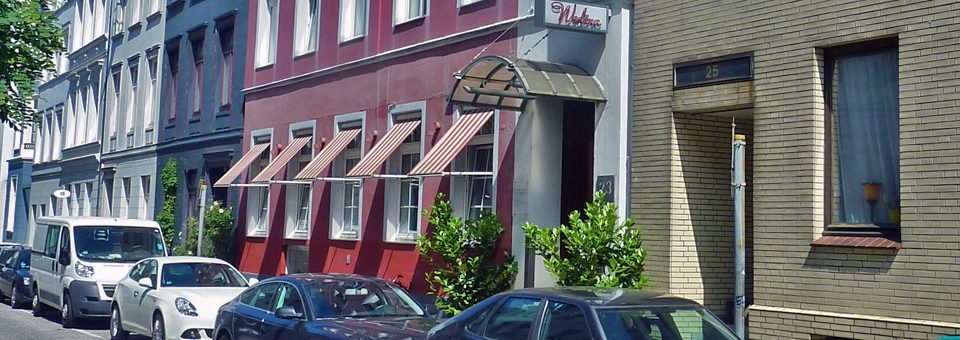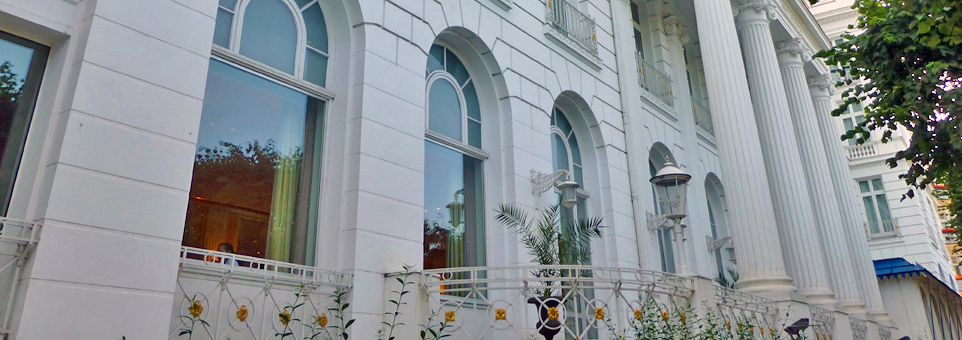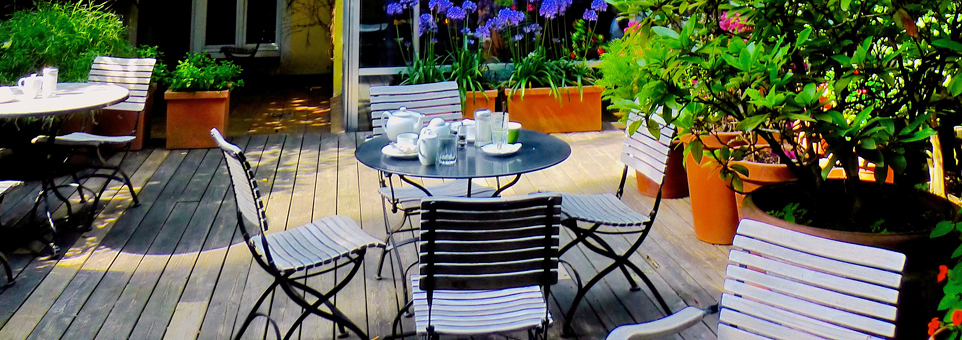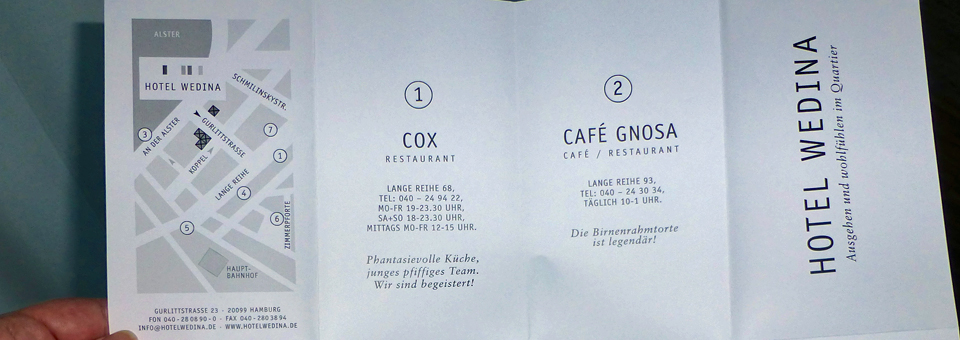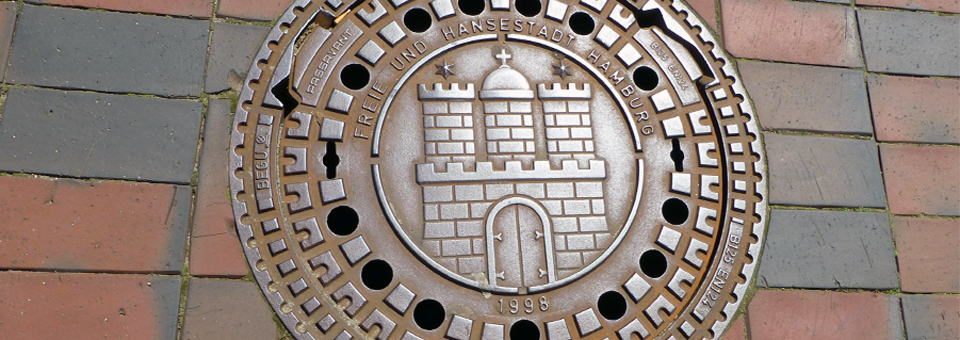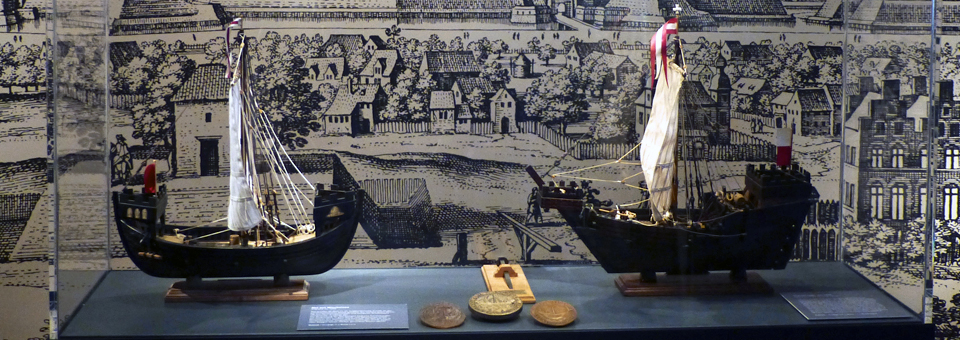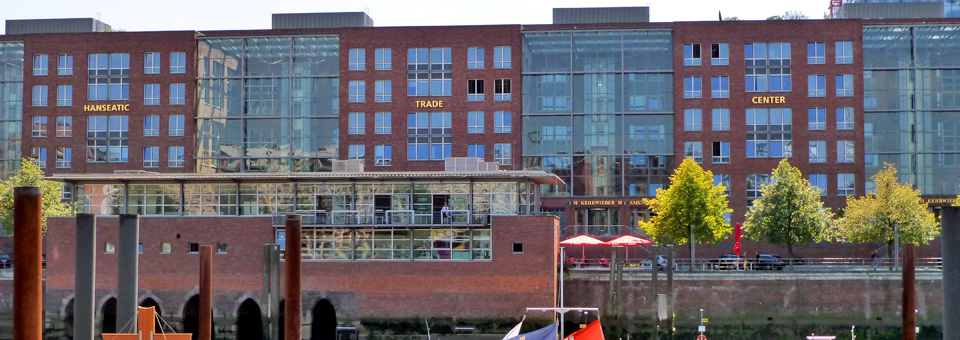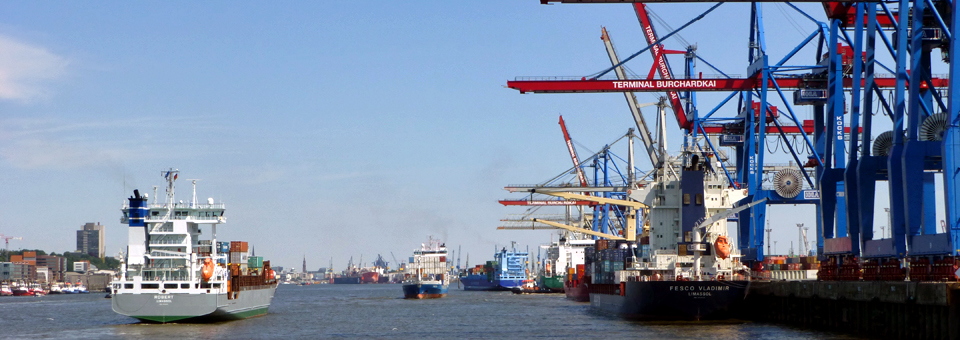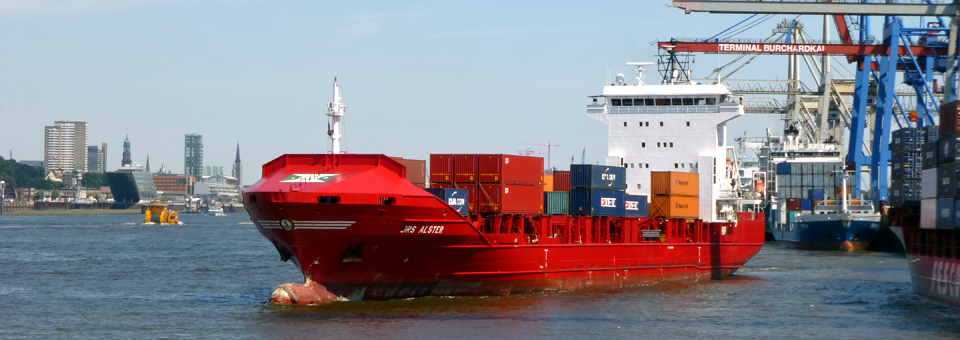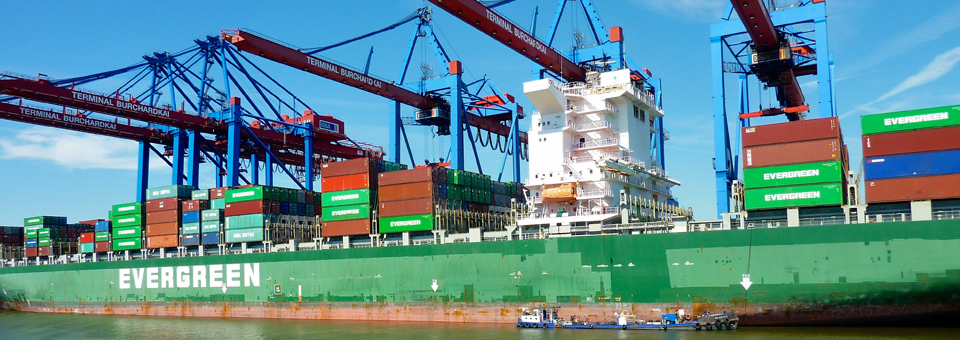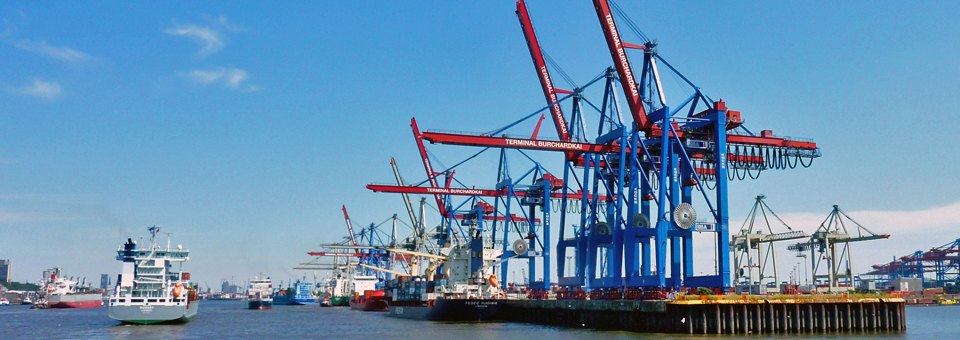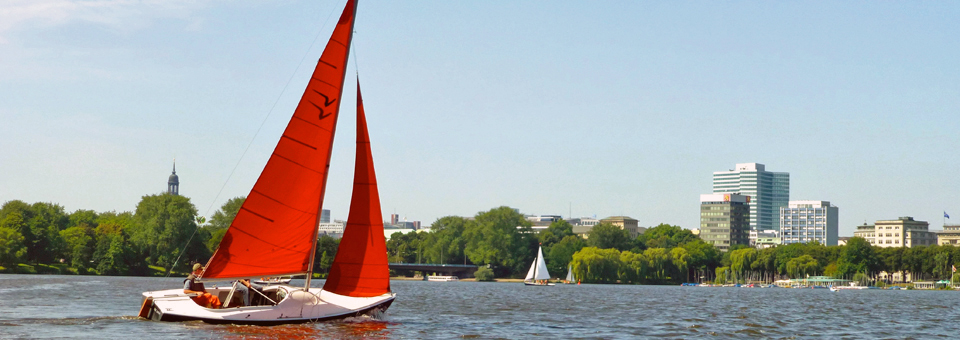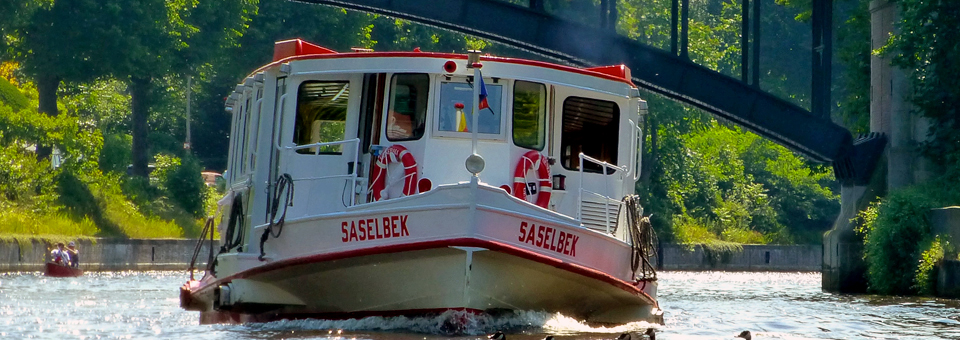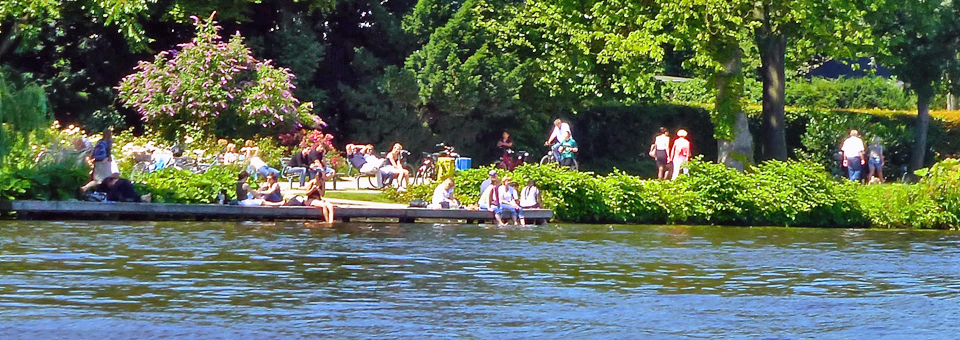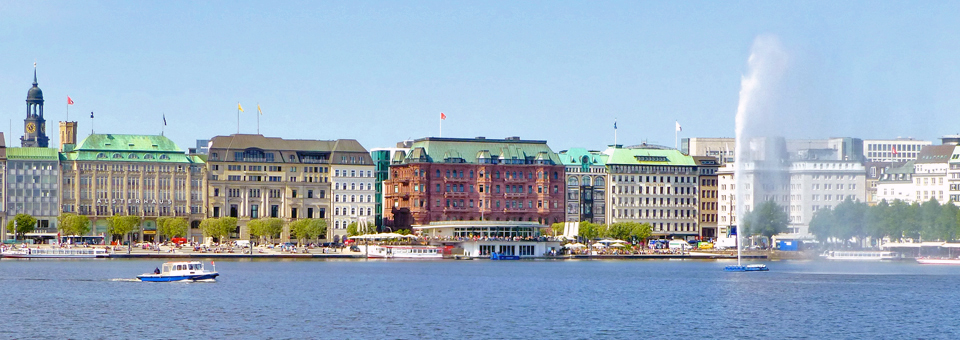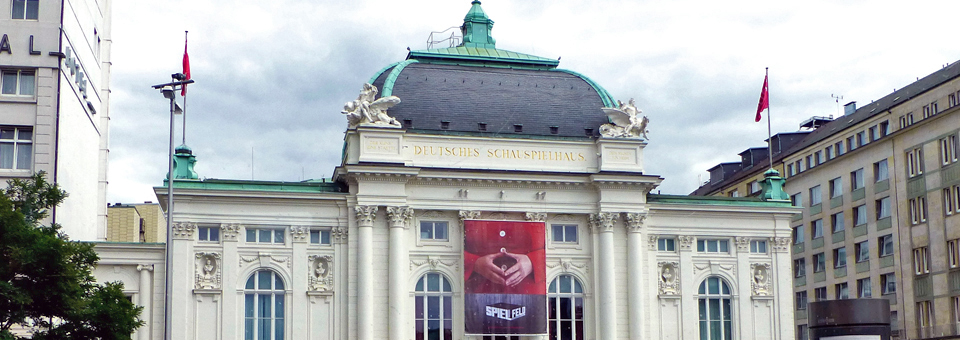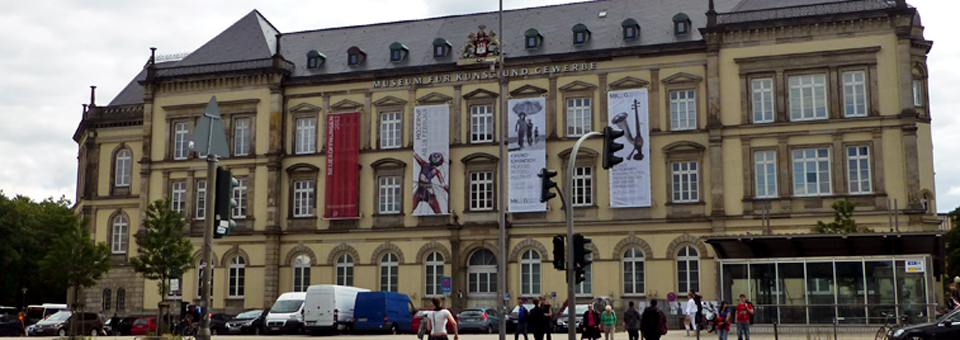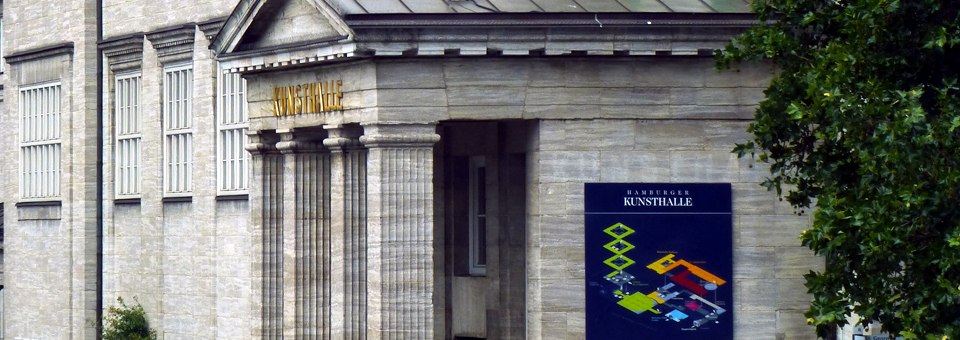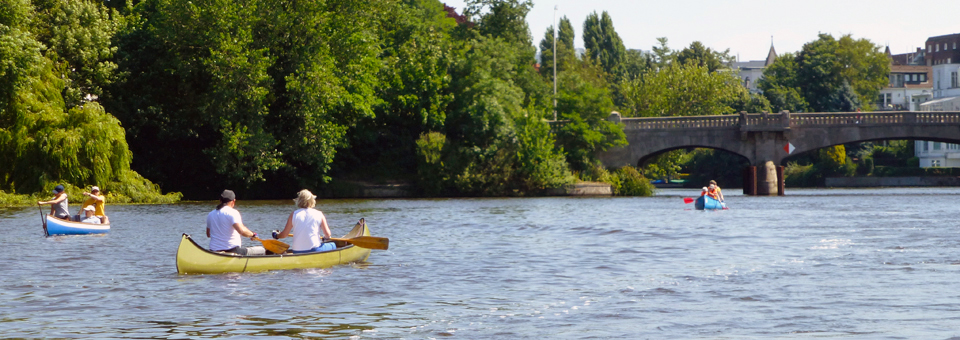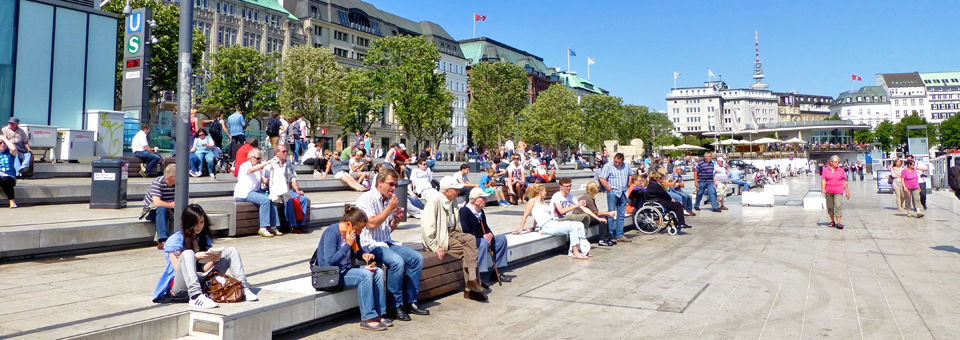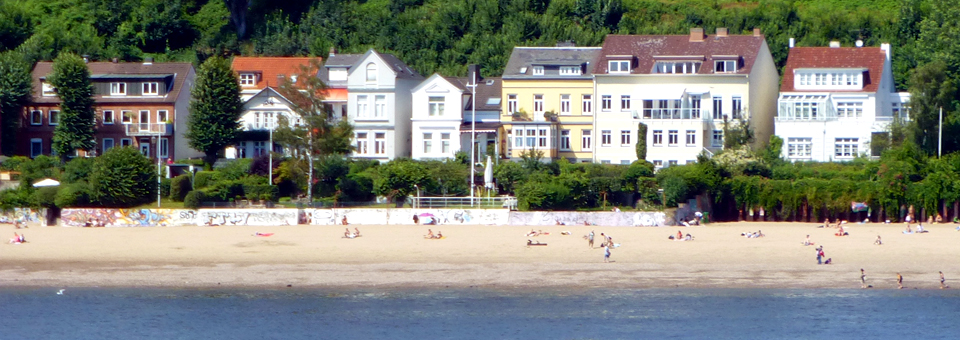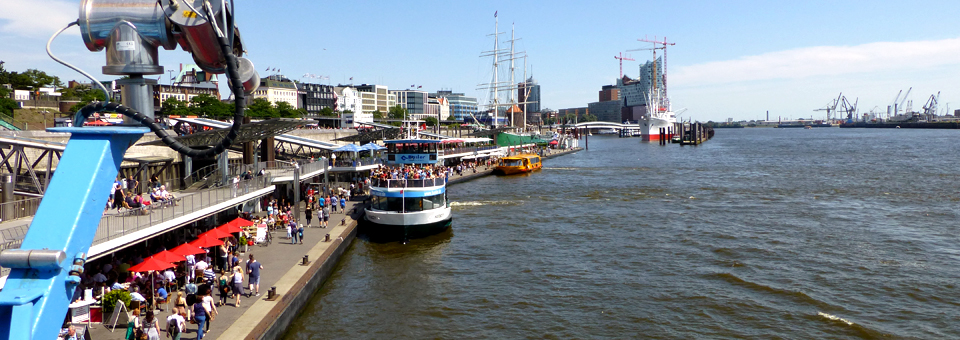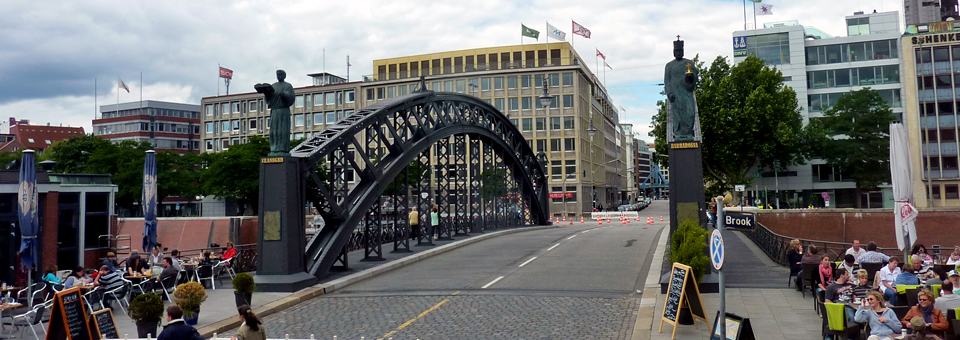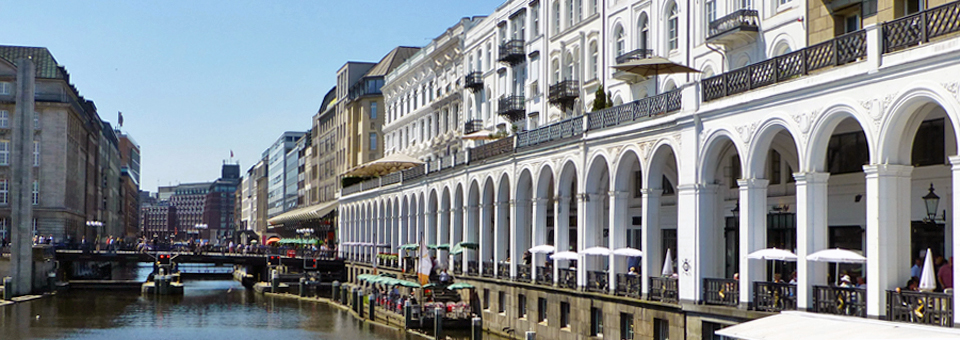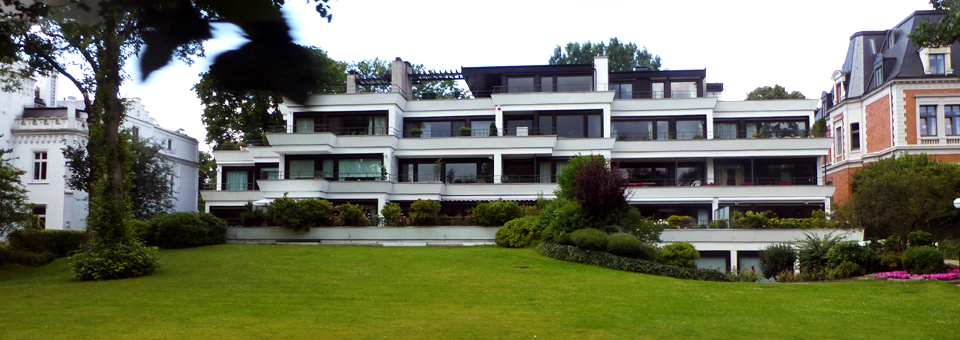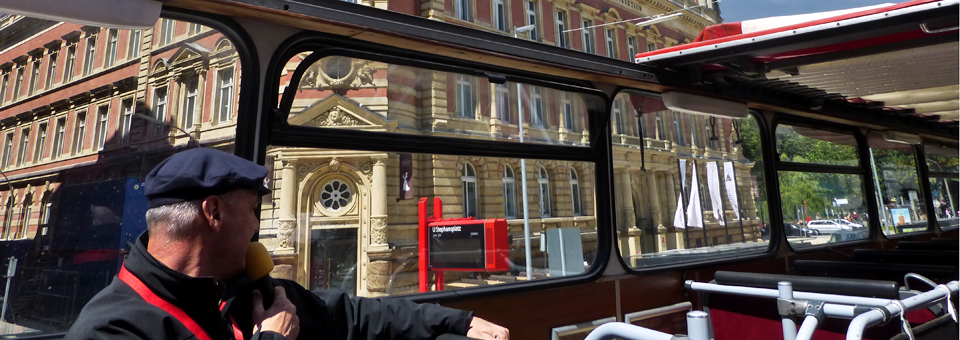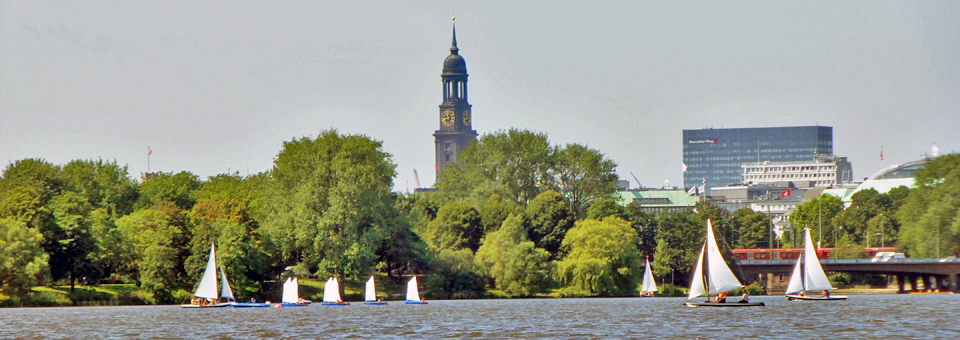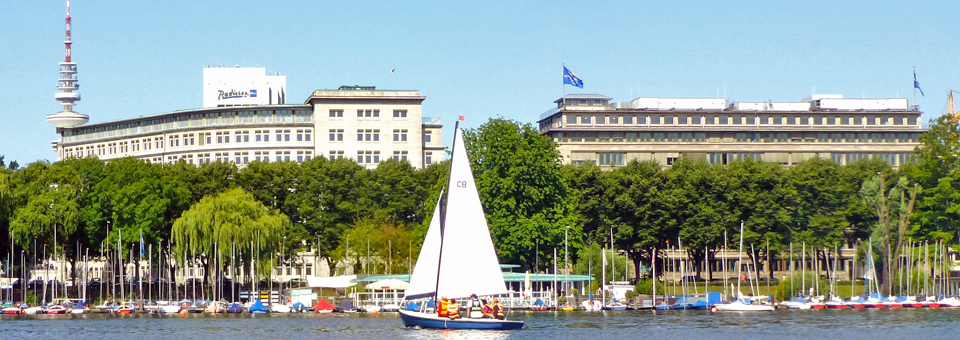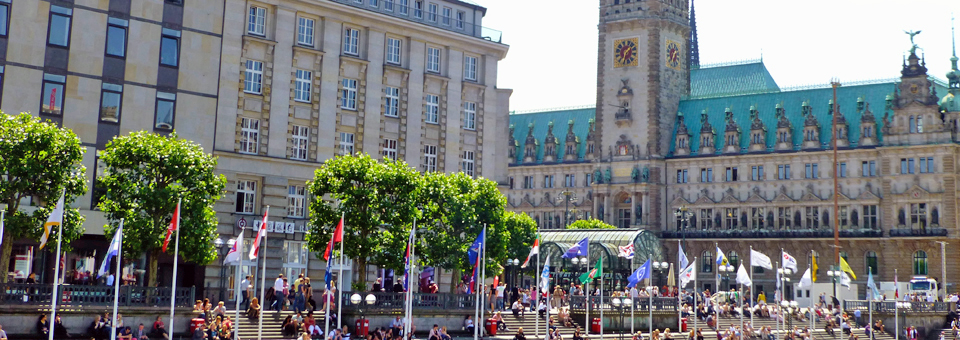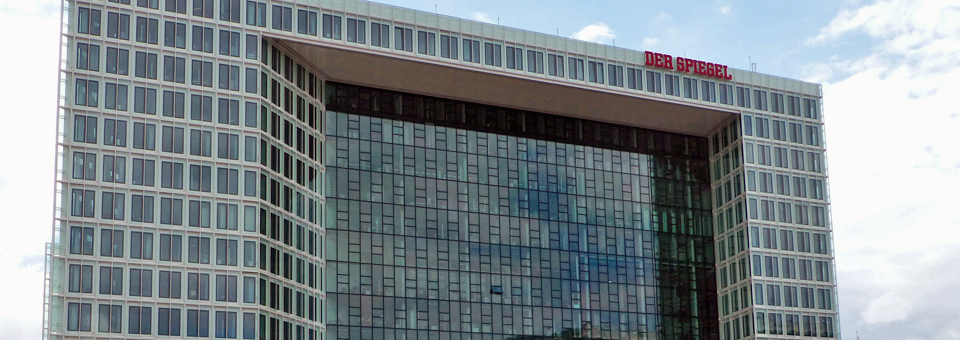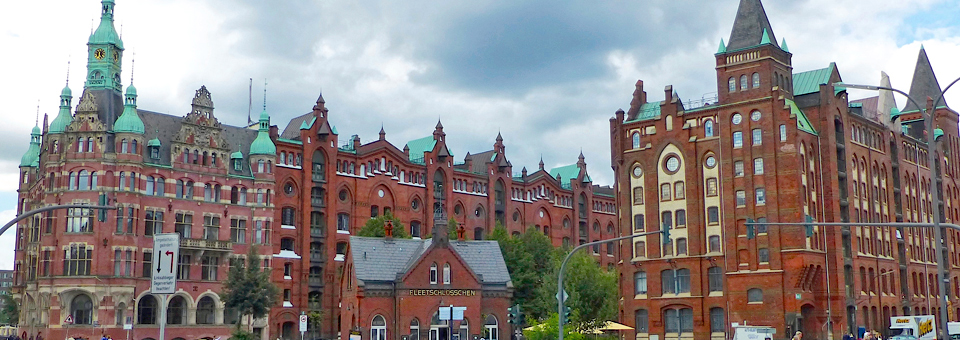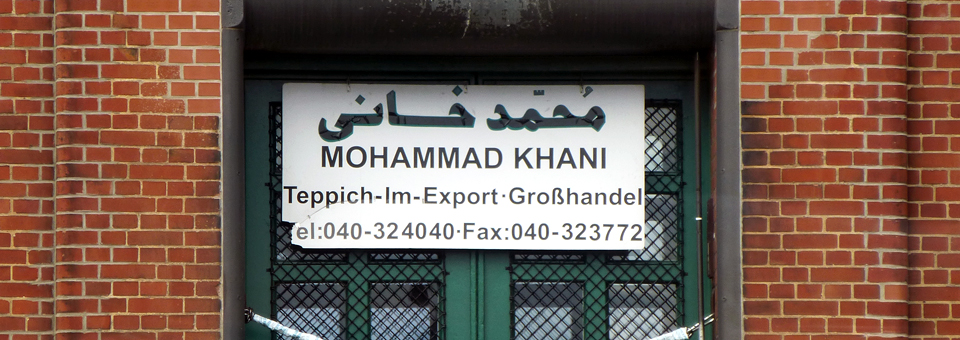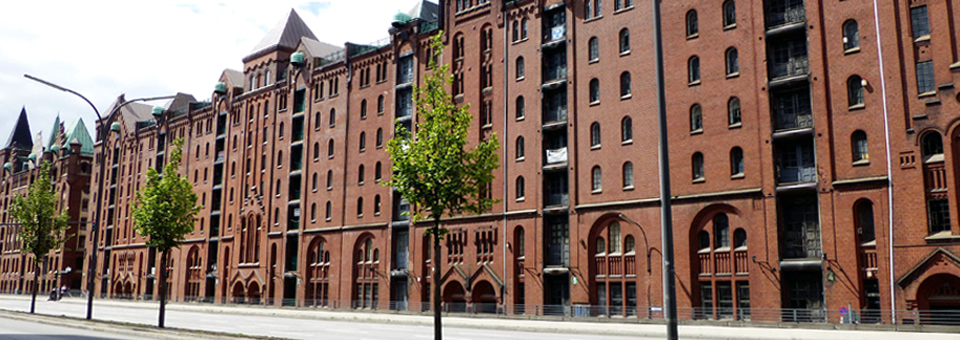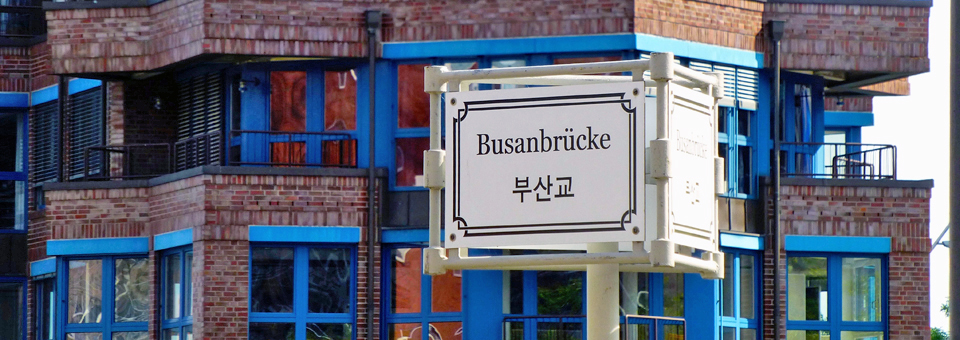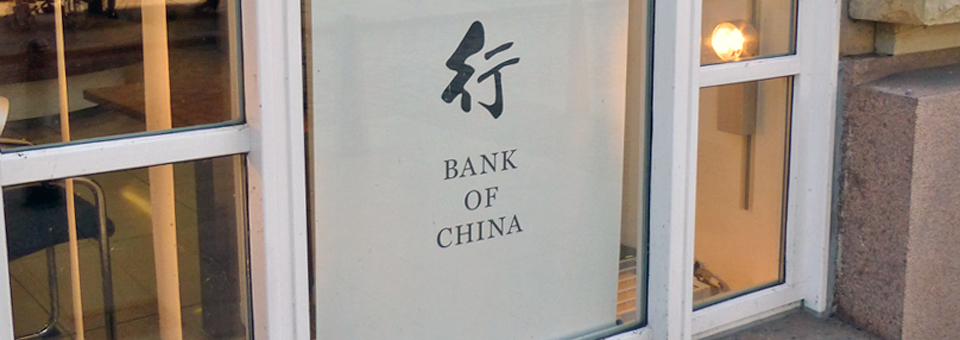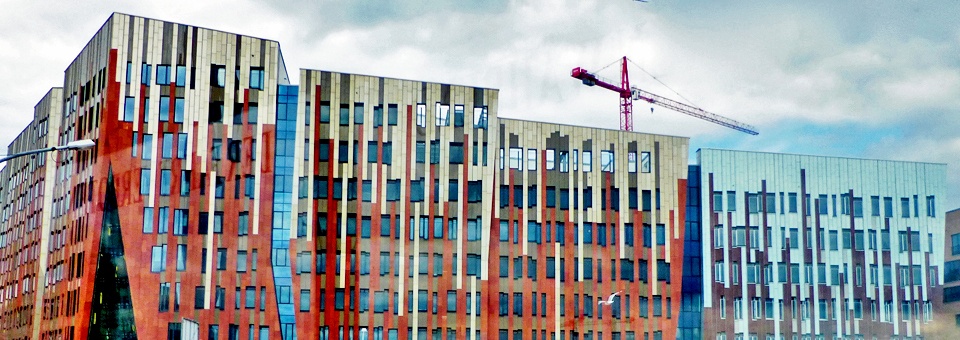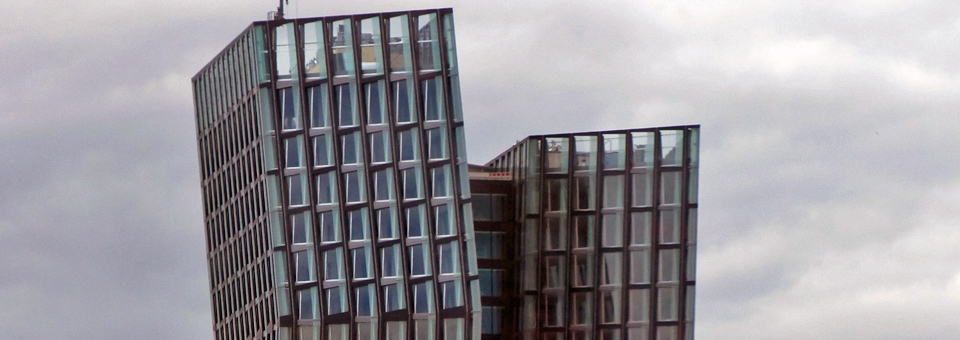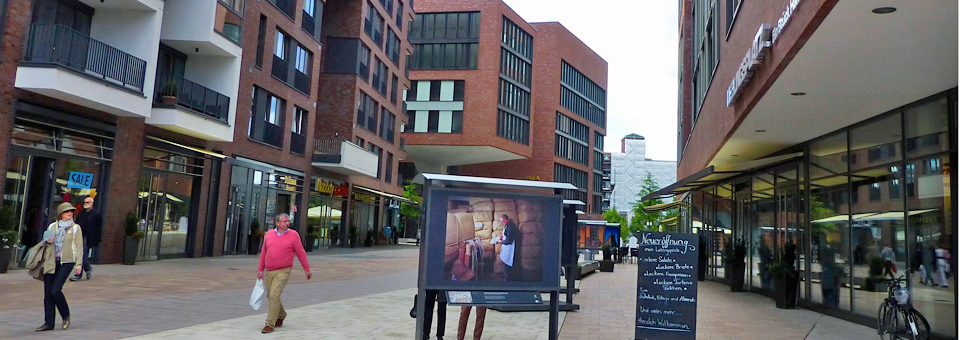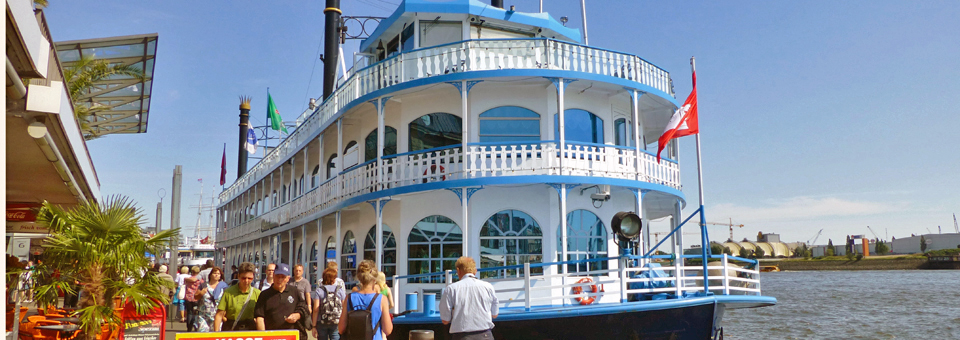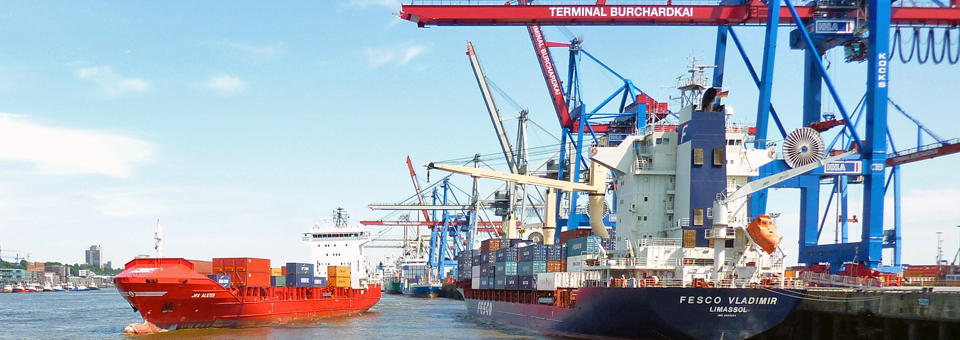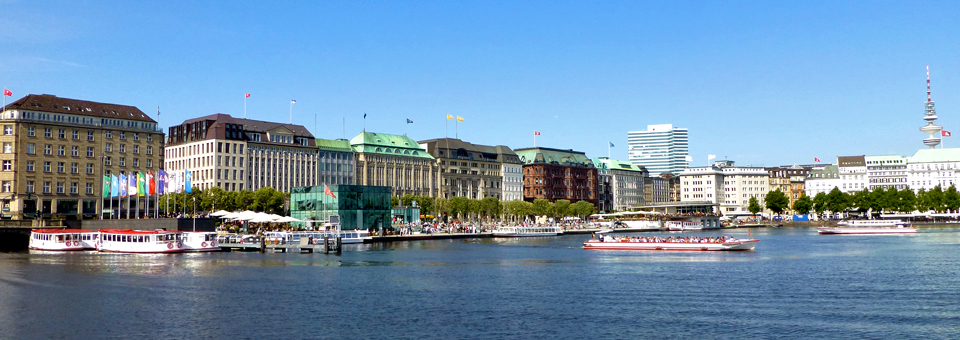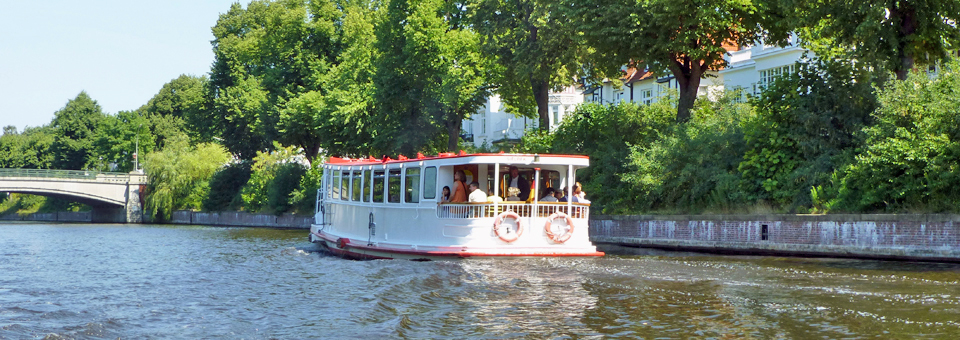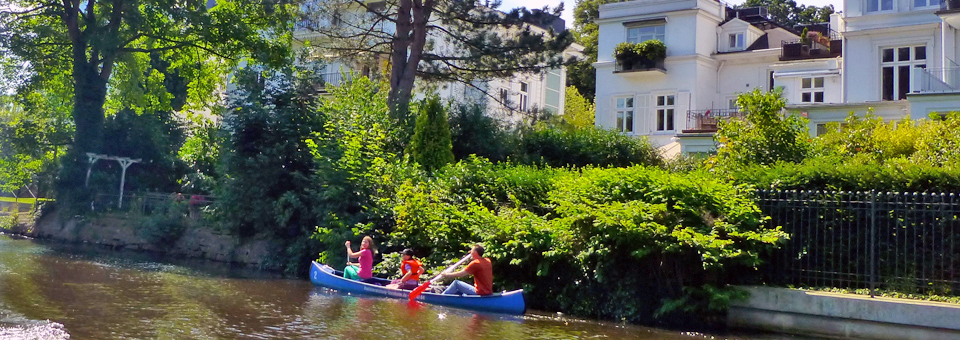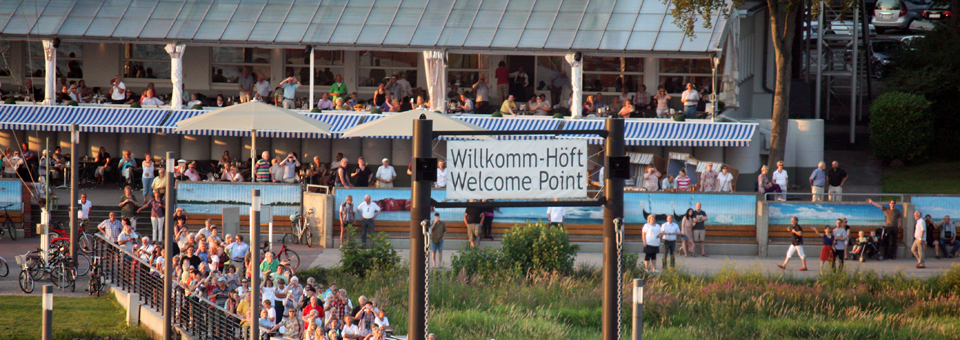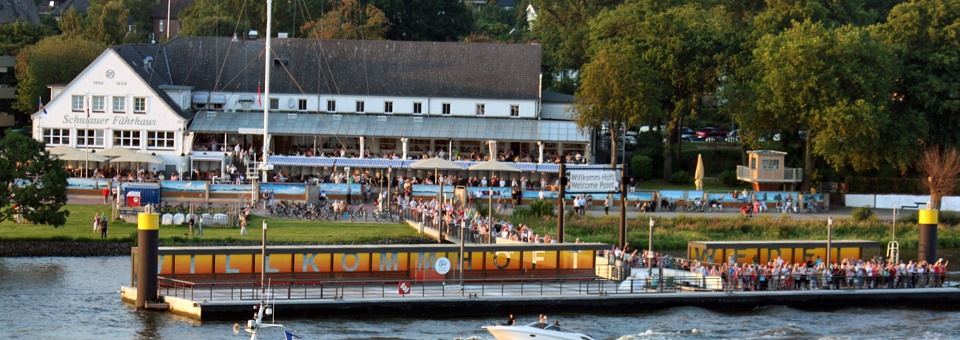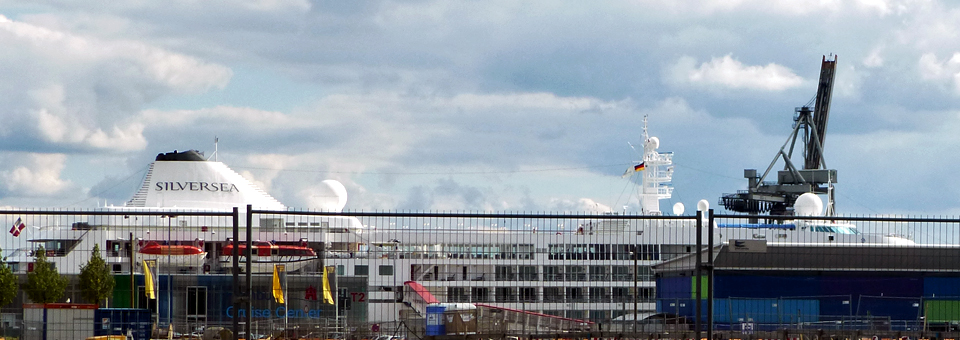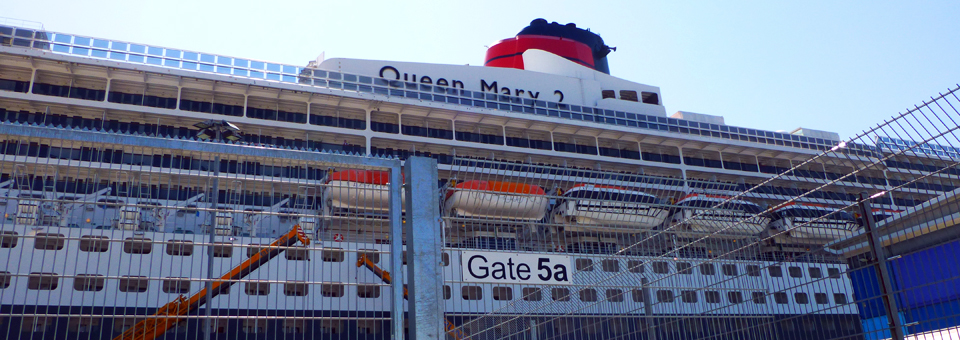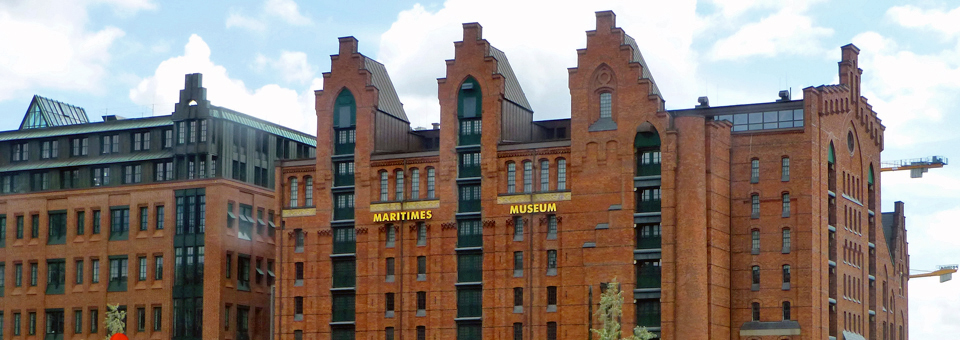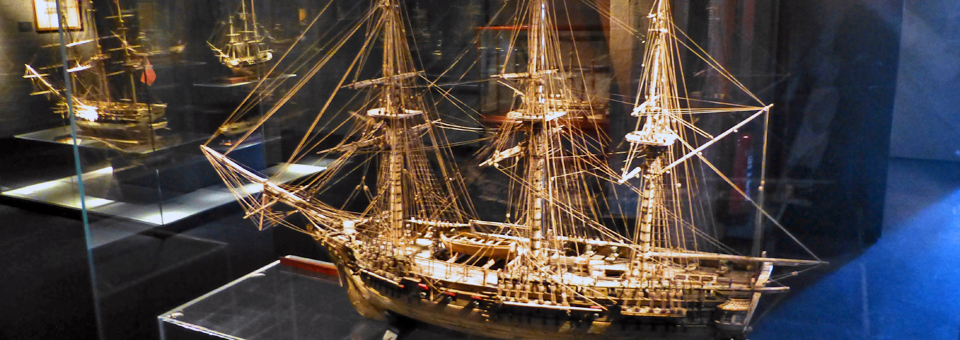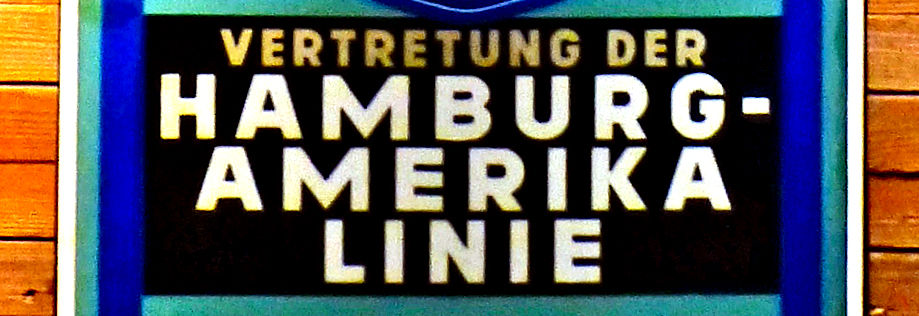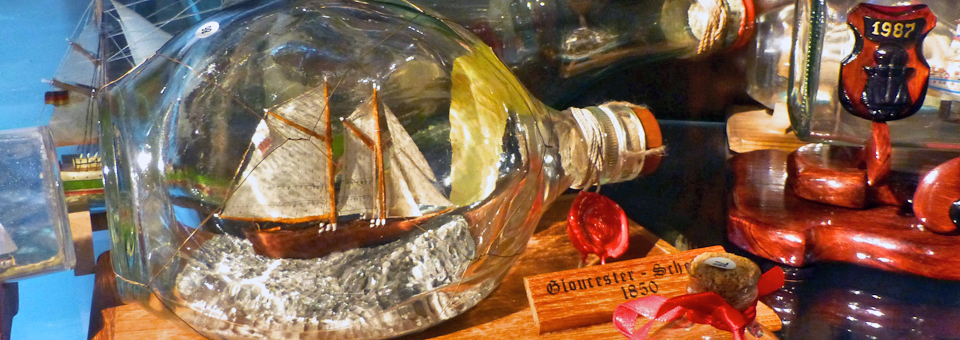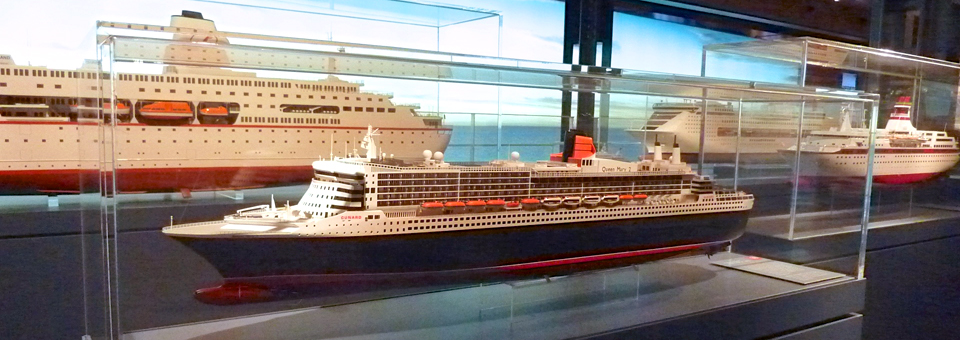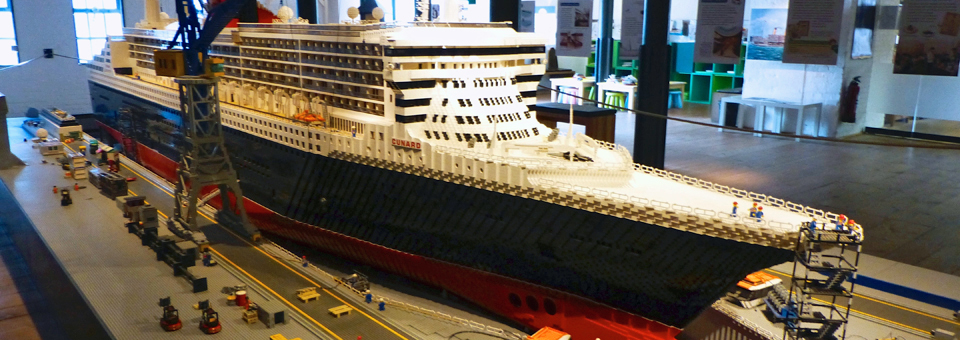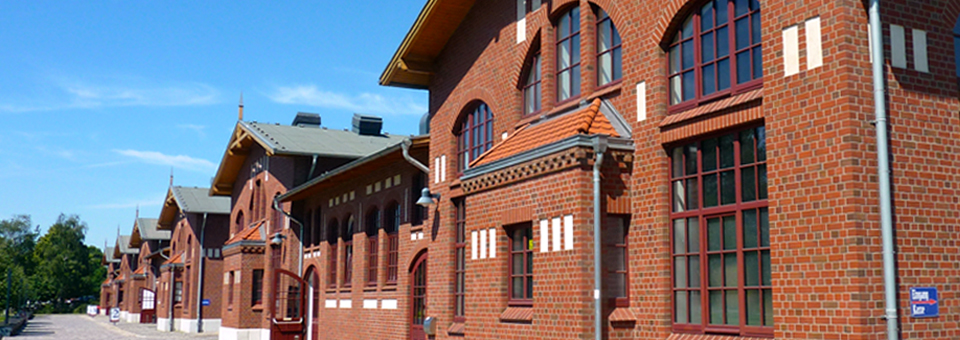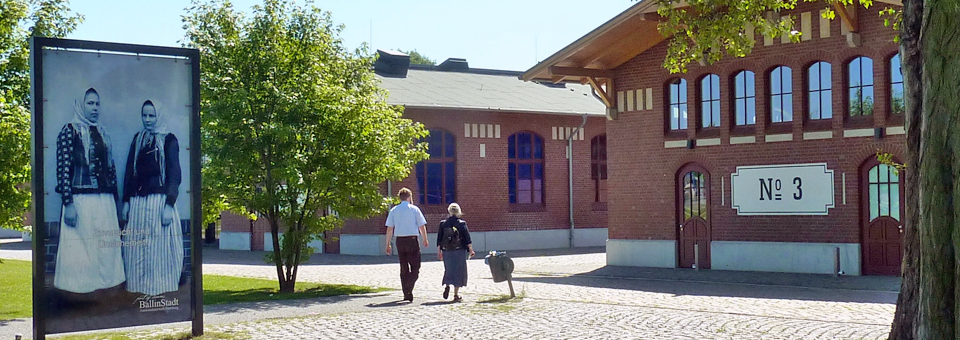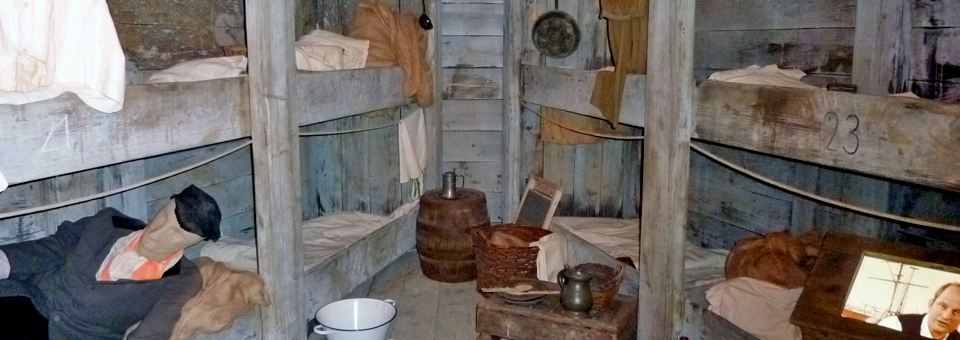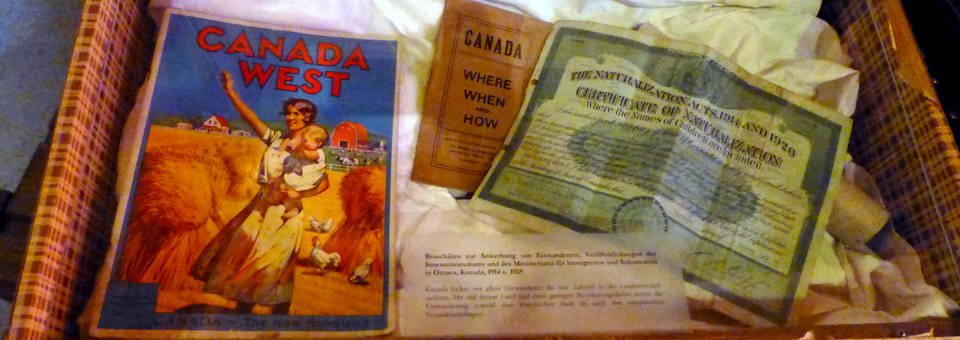Hamburg, Germany
We arrived by train at Hamburg Hauptbahnhof, the second busiest railway station in Europe, after Paris’ Gare du Nord.
We checked our map and headed toward the lake, an area of parks and pathways for cyclists, joggers and strollers.
It was a short walk to the Hotel Wedina, a family-run hotel complex of four houses on a quiet residential street in the hip St. Georg neighborhood.
It’s just around the corner from some of Hamburg’s grand lakeside hotels.
We were warmly welcomed as we stepped inside a lobby lined with books, many signed by authors who have stayed here.
Guests were still lingering enjoying the organic breakfast buffet that included yogurts and cereals, local meats and pastries, and delicacies like cheese from Käse Kober and specialty teas by Rüdiger Foldt. Some were rapt in conversations in the indoor breakfast area. Others sipped coffee and basked in the sun on the courtyard garden terrace. Most were speaking German, and we recognized Scandinavian and other European languages, as well.
As luck would have it, our room — actually a little apartment complete with kitchen and balcony — was ready early. There was a selection of herbal teas and coffees and bottled water to enjoy in our room. A booklet listed recommended neighborhood restaurants, all reasonably priced and frequented by locals. We spotted the bicycles in the lobby to use for touring the city.
We had been traveling for a few weeks, and we were delighted to discover that the hair stylist in the salon just a few steps from the hotel lobby spoke English and had neighborhood, not big-city prices. We booked appointments for haircuts and set out to enjoy the city.
A little history of the city
Hamburg was established and ruled not by royalty but by the wealthy merchants of the medieval trade monopoly known as the Hanseatic League. The Hanseatic merchant guilds began their alliance in the 12th century to protect members on their trading voyages.
Hanseatic trading cities like Hamburg grew to be prosperous centers of music and culture where the wealthy merchants held the power. In places like Hamburg it is the Town Hall that is palatial.
Hanseatic ships were known as cogs, and transported goods that included furs and wax from Russia, grain from Eastern Germany and Poland, fish from Scandinavia, salt from Lünenburg, and wine from Rhineland and France. The alliance offered much-needed protection that reached its heights in the 14th century.
Like other cities that were part of the the Hanseatic League, this port city is on a river, the Elbe, with easy access to the sea. The Free and Hanseatic City of Hamburg grew to be the second largest city in Germany and continues its merchant shipping tradition as Germany’s busiest port.
This harbor on the Elbe is one of the largest in the world and continues to bring prosperity to cosmopolitan Hamburg.
Hamburg Today
Today’s Hamburg is affluent and sophisticated, elegant and modern, with lakes, canals, a river, and many parks.
Hamburg’s medieval walls were torn down after the French occupation and expansion of the city, and much of its architecture was destroyed by fire in 1842 and World War 2 aerial bombing. It rebounded as one of Europe’s most beautiful cities and retains both its commercial and cultural heritage.
Hamburg has a lively arts scene and a profusion of events. A mile of art lines Kunstmeile and a 29 euro ticket gets you into all of them. There’s ballet, opera, over forty theaters, sixty museums, concerts and musicals, festivals, and poetry slams. And it was here that the budding Beatles performed (1960-62) — back when Pete Best was the drummer.
As Germany’s culinary capital, Hamburg offers options ranging from currywurst stands to its eleven Michelin-starred restaurants–more than any other German city except Berlin.
For shoppers for whom only the best will do, Neuer Wall is one of the top luxury shopping streets in Europe. ABC-Viertel is the place for arts antiques, and fashion.
Hamburg has one of Europe’s lowest population densities. Over 20% of its space is devoted to public gardens, parks, and fields, and it was named European Green Capital 2011. National and international music stars have performed on the outdoor stage of its largest park, Stadtpark, which is also known for its planetarium and beer garden.
The Alster River was dammed to form two lakes Binnen (Inner) Alster, and Aussen (Outer) Alster and flows into the Elbe. With so many canals, lakes, and rivers, Hamburg is a city easily enjoyed by both land and sea.
There are more bridges and more millionaires than any other city in Europe.
It is said to be the wealthiest metropolis in the European Union.
Seeing the sights
We began with the popular hop-on, hop-off bus city tour to get a sense of the neighborhoods and architectural highlights.
The most popular stop was at the city’s landmark, the baroque St. Michael’s Church, “The Michel”, for the view from its 357’ tower–the tallest in Hamburg.
There’s also a crypt and an exhibition inside on over 1000 years of Hamburg’s history. St. Petri Church, Hamburg’s oldest parish is thought to be from 11th century.
The tour passes the sky-high TV tower, the 1841 classicist building of Germany’s first (1558) Stock Exchange, the popular Rathaus (Town Hall) Market, and the Mercedes building.
We noted the museums and cultural sites to visit later and passed this media hub’s many newspaper, magazine and book publishing companies, radio and television broadcast centers, and film studios.
The bus continued past the Warehouse District, the world’s largest single warehouse complex, with streets and canals lined with red brick Gothic buildings with gables and towers.
They now house agencies and showrooms, and many have Arabic signs. This is the world’s largest oriental carpet warehouse area.
Street names and businesses reflect the high volume of trade with China.
There’s innovative and often whimsical architecture at the waterfront HafenCity (Harbor City), Europe’s most ambitious urban development project.
Apartments in this high-rent district are surrounded by new museums, offices, restaurants, cafes, and shops. It is expected to be complete in 2025.
The port of Hamburg is one of the most important in the world, and a harbor sightseeing tour on the Elbe is a must.
There is continuous stream of colossal ships that carry up to 10,000 containers, primarily from Asia. Cruise ships, historical ships, tugboats, kayaks and motorboats pass the historic quays and the beach.
A canal cruise tour originating on the tranquil Alster is another way to see Hamburg. Watch as sailboats glide across the lake and see some of the city’s most beautiful waterfront mansions, gardens, and parks.
Wave to Hamburgers, as the city residents are known, enjoying the waterside cafés, picnicking, taking the ferry,
canoeing,
biking along the popular pathways, or simply enjoying the sunshine.
Take all three tours in a day or over three days for 32€ per person. We took the hop-on hop-off bus our first day and the two sightseeing cruises the following day.
More along the Elbe
The only ship welcoming equipment in the world greets ships of 500 gross tons or more just outside the city at Willkommhöft ship welcoming point in Wedel.
While the flag is hoisted, the national anthem of the ship is played and a welcome or goodbye in the ship’s national language comes over the loudspeaker. Those dining at the café in Schulauer Fährhaus are provided with details of the ship and her cargo.
On Sundays from 5 am find fresh seafood and vegetables at the famous fish market in the fish auction hall on the Elbe. Restored to its original 1896 Romanesque style after being destroyed in World War 2, the hall is built so river floodwater can flow in and out without harming the building.
A model showing the redevelopment project is on view at the HafenCity Infocenter, in a former boiler house dating to 1886. Across the street is a promenade with historical sailing and steamships. The promenade continues to the Magellan Terraces and a glass cube featuring the design of Hamburg’s flagship construction project –the new Elbe Philharmonic concert hall. Its ship-shaped design and undulating wavelike glass roof –all built above a historic warehouse– is destined to be Hamburg’s next landmark building and one of the world’s leading concert halls.
The plaza below is 121’ above the sea and will provide a spectacular 360 degree view of the city and harbor. It will be open to the public in 2013.
The new Cruise Center HafenCity attracts some of the finest cruise ships, including Silversea and Cunard’s Queens–Victoria, Elizabeth, and the Queen Mary 2.
In 2008, Peter Tamm donated his private collection of artifacts related to history of shipping, including ship models and oil paintings, to the city.
Three thousand years of seafaring history–the world’s largest collection– are found in the HafenCity historic quay warehouse that is now the site of the International Maritime Museum.
Cunard’s Queen Mary 2, which sails from the port, is prominently featured throughout the museum.
Emigration remembered
Between 1850 and 1934, Hamburg was the “port of dreams”, a trans-Atlantic gateway to the New World for nearly five million German and other European emigrants. The emigrant halls built on Veddel Island in 1901 by Albert Ballin’s German HAPAG shipping line once had 5,000 beds and were known as “the world’s largest inn”.
The facility now houses an emigration museum complex, BallinStadt, that opened in 2007 to bring the individual stories of the emigrants to life. It’s a place to learn their stories–why they left, their dreams, their voyages, and the wide range of pathways their lives took.
A free family history research center with passenger lists and access to the world’s largest genealogical data base is on site, and meals based on recipes from the Emigration Hall canteens are available. To get there take the S3 or S31 train or the ferry. The Maritime Circle Line is a hop-on, hop-off service that travels between Hamburg’s maritime and cultural attractions. Show your ticket for reduced admission.
The Hamburg Card
You can also discover the city for less with the Hamburg Card. It includes free travel on Hamburg’s public transport and discounts up to 40% on the harbor, Alster, and city sightseeing tours, as well as on attractions, museums, performances, restaurants and shopping. It is available at the airport, Tourist Information at Central Station, and some hotels.
When it is time to return home to the United States, sailing aboard Cunard’s Queen Mary 2 is an ultimate experience. What a grand finale!

